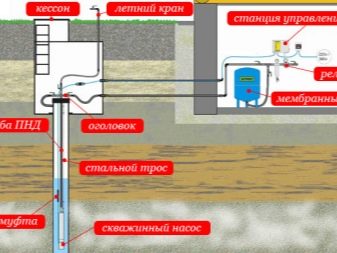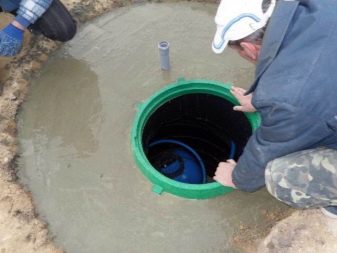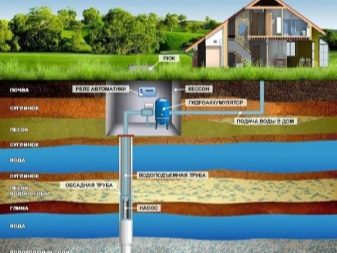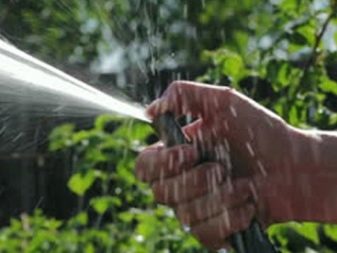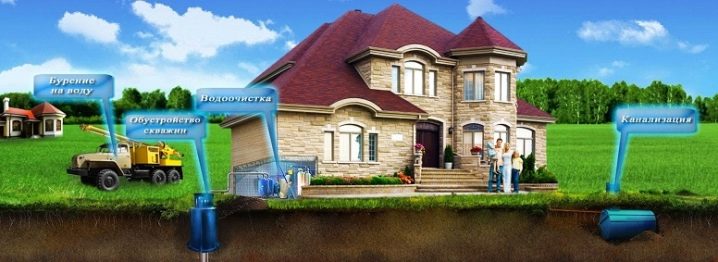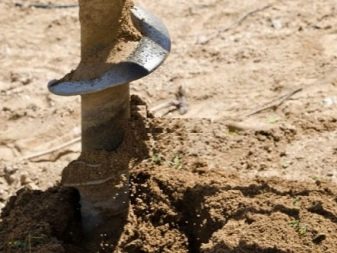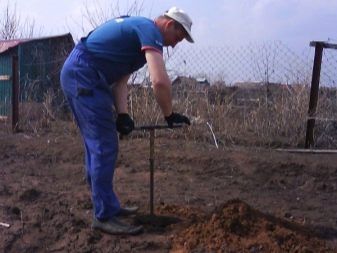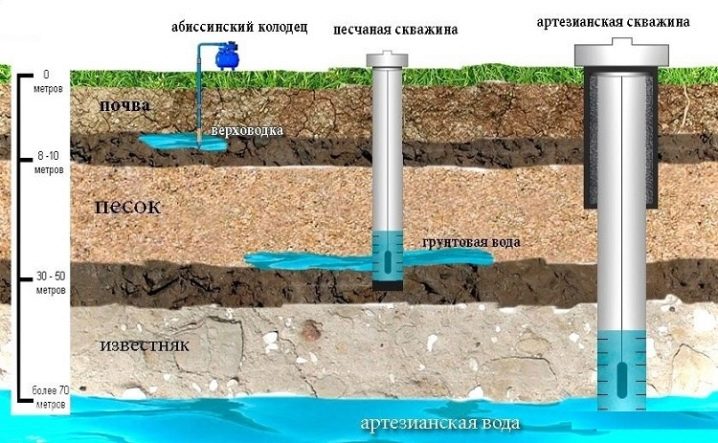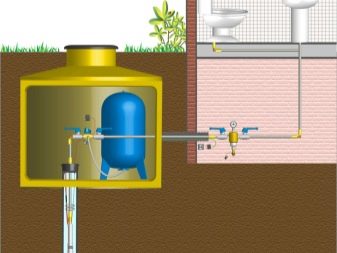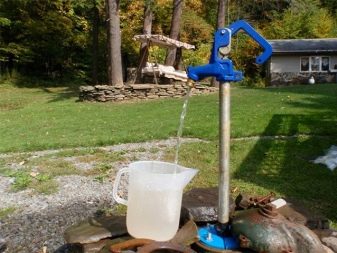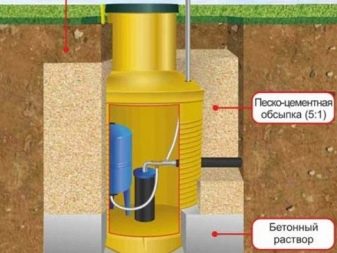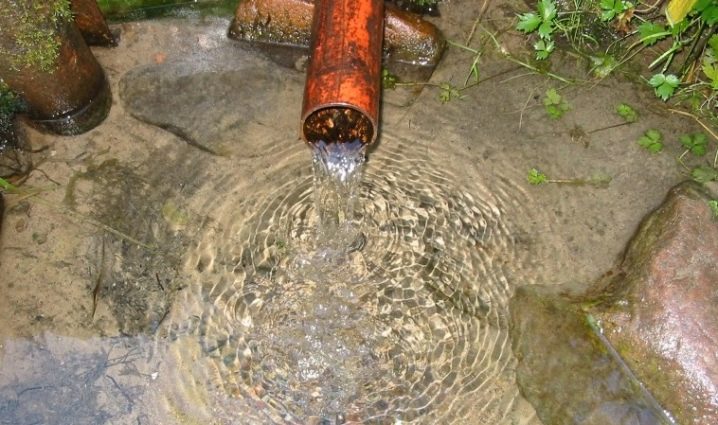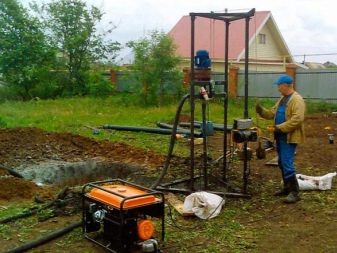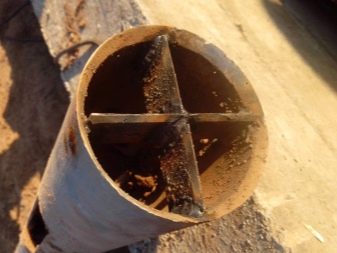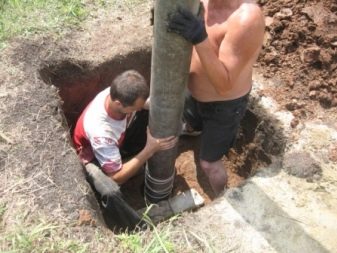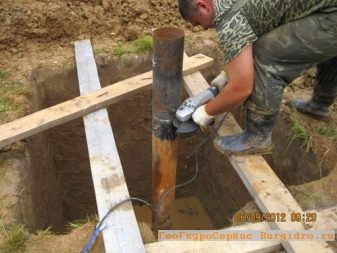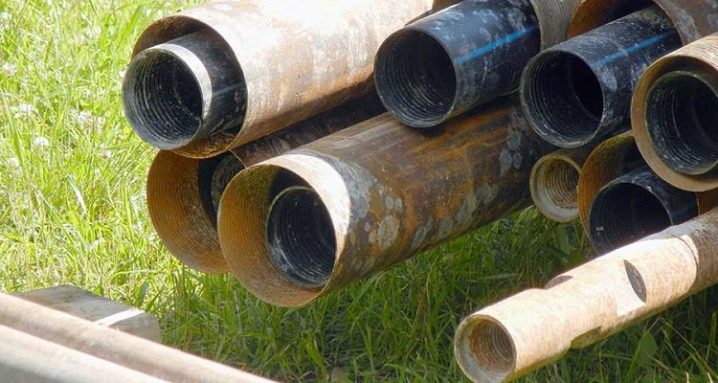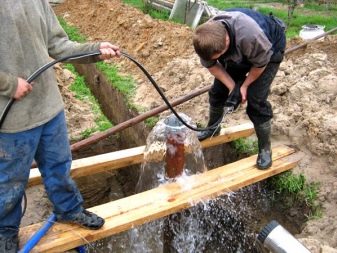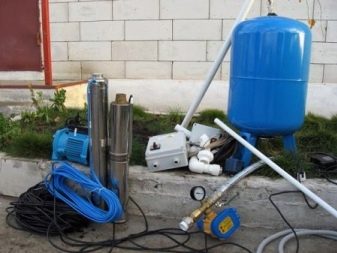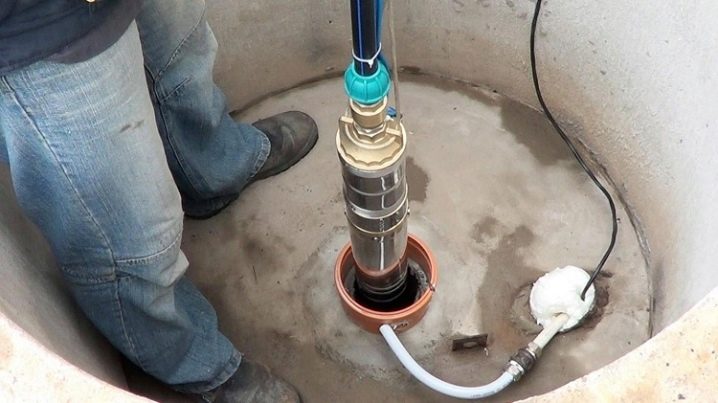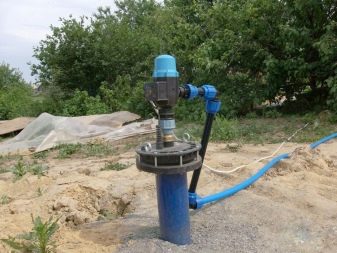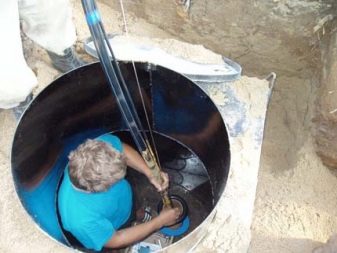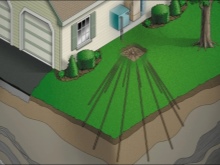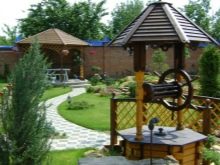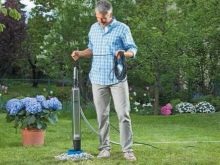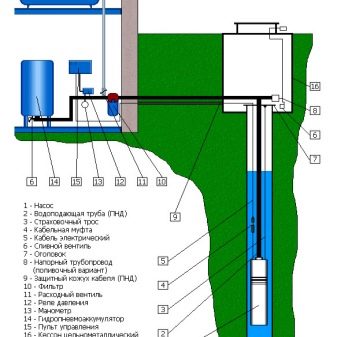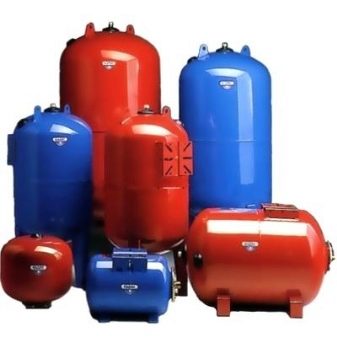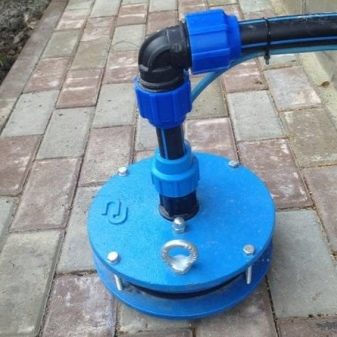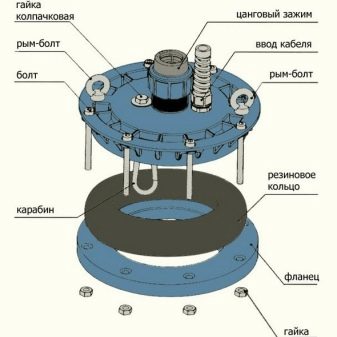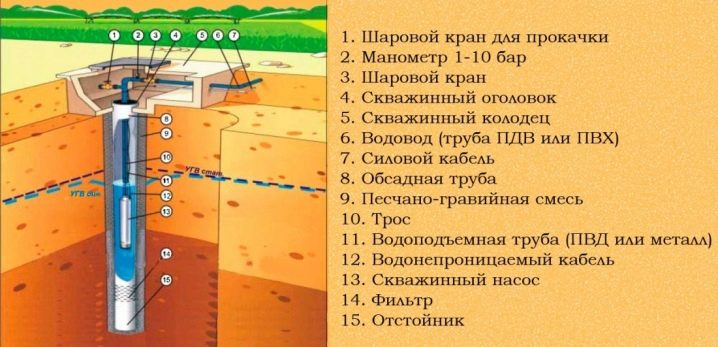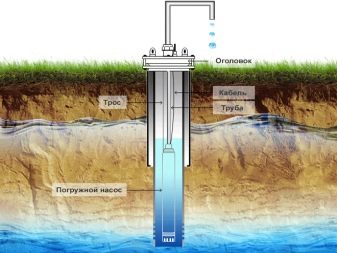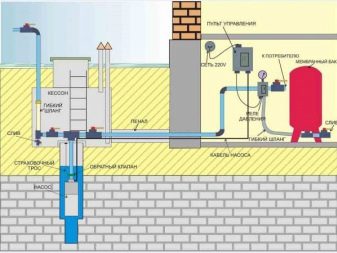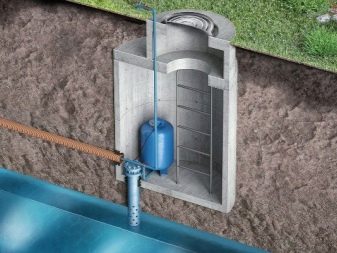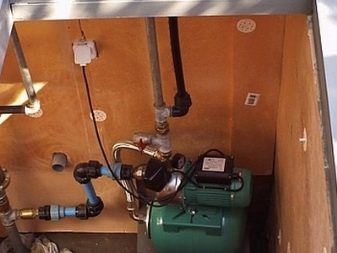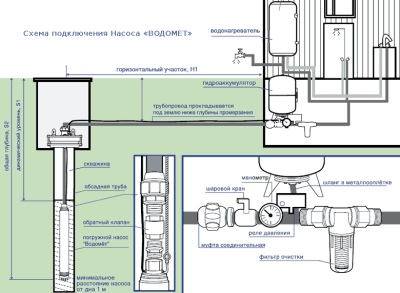How to equip well?
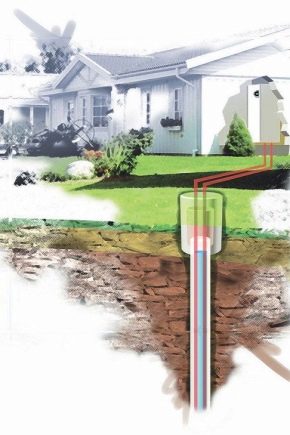
The lack of quality water supply makes you think about the autonomous arrangement of the system. Own well will add comfort to residents of a private house. But for putting the drilled well into operation it is necessary to equip it properly.
Special features
What equipment for arranging a well in the water may need well-known specialists of companies involved in drilling. If it is decided to carry out these works independently, then it is worth exploring the particulars of well construction in more detail. Works usually include the development of the mine and the installation of special equipment in it. For the well under the water are required:
- caisson;
- pump;
- self-contained power supply;
- head.
Construction of a water well should provide:
- water purity;
- frost protection;
- conditions for connecting service equipment.
Features of the installation of equipment for the well must be considered at the initial stage. After all, it can be installed both inside the house and near the well. The second option involves the construction of additional space, the area of which should be enough for all technical equipment.
The constructed room near the well is considered more convenient, as it facilitates the installation of pumping equipment, as well as its installation. At the stage of construction, a water pipe is introduced into the well, and electrical power is supplied to the pump.
As additional equipment are considered:
- water filters;
- pressure gauges;
- relay for the pump;
- control automation.
Earthworks also have their own characteristics, since taking into account some of the nuances can significantly save on the purchase of pipes. For example, if the location for the well is chosen near the house, not only the volume of required pipes, but also the volume of earthworks will decrease.
In addition, if the water source is close to the housing construction, it will not require an excessively powerful pump. After all, the unit does not need to transport water over too long distances. Pump power should be enough to raise water from the depth.
If we take a closer look at the features of drilling, then the methods and mechanical devices will be used for this purpose different. For example, it is more convenient to organize a well for personal needs with a hand drill. Often in farms special percussion devices or electric tools are used. Just choose one or another tool is impossible.
Concretely taken equipment is suitable for soil features. It is most laborious to carry out work with a manual drill, but under certain conditions, drilling of a well up to 15 m in depth may be available to the owner of a private house. Whether there is a need for a well of such depth will help to understand the scheme.
Scheme
The necessary option of water supply is better to consider initially in the project. Performance, equipment life, optimal performance, and water quality will depend on the correctness of the chosen water supply scheme.Consider the possible options for the construction of typical wells in the area.
For example, a well for water in the summer in the summertime may have the appearance of a tubular well of the Abyssinian type. The depth of the water pipe can reach 12 meters. At the same time, for a water supply system of this kind, a narrow enough pipe The wells of the Abyssinian type are usually not polluted by the upper waters, and surface debris does not enter them either.
If a private house needs water from a winter well, then an artesian option is being developed.
Estimates for artesian wells are usually made by collective farms, as this is an expensive pleasure. To drill such a hole you need from 50 to 200 meters deep. Arrangement is complicated by the fact that after drilling an artesian well, you can get a spout. In a self-bore well, water will flow out without a pump. Water is under constant pressure and pours out. The arrangement of such a well is usually more expensive, since additional costs are required. There are two ways of arrangement:
- To do well with a caisson.
- To equip the summer crane. In this case, the water from the mouth will run constantly.
For one private ownership is easier to equip a sand well. The service life of these wells is smaller than that of the previous version, as the silting takes place rather quickly, but unlike the artesian well, self-discharge does not happen here at all.
The caisson for the well is a sealed tank that protects the water source from contamination and freezing. Modern caissons have the following advantages:
- save space inside the house;
- do not need thermal insulation;
- not subject to corrosive processes;
- have a molded case of high quality plastic.
As a private house equipment, cylindrical tanks with a diameter of about 100 cm and a height of 200 cm are recommended. The summer version is suitable for irrigation. So that in the winter this summer variant does not freeze, a drain on a slope is made from the self-pouring well, where water will be constantly poured. Your spring on the site will not freeze, as the water temperature is about plus five degrees.
It is absolutely impossible to close the water in such a well for the winter. Pipes burst, the water will be all over the site, you get a swamp. If the arrangement of the well is entrusted to unskilled drillers, you can easily get a pond in the area with a garden.Therefore, it is important to weigh the pros and cons, and without experience, it is better to understand the theory of the process of drilling different types of wells with your own hands.
Drilling
Well formation at the site is impossible without special equipment. In private households, they often use a drum-rope device that looks simple, but works efficiently. The working mechanism is a support tripod with a driving device. For a tripod construction, metal pipes are needed, which are interconnected by welding. A device called "glass" is connected to the cable with a winch. The height of the support is strongly associated with the length of the driving unit. Metal pipes interconnected should be 1.5–2 m higher than the “glass”.
- Further drilling is done with the help of a winch.
- Drive a “glass” into the designated work area in a private courtyard. With it, the ground is taken from the site.
- The device rises and is released from the ground. Actions need to be repeated until the required depth is obtained.
To determine the depth of the well, it is important to consider the following.
- The level of occurrence of the aquifer in a particular area.
- Economic needs and domestic needs for water.
After completion of the drilling process, it is recommended to immediately place the casing in the well. It is securely fixed with as close as possible to the ground. This pipe is also called a casing. It will protect against collapse and let it get inside the developed rock.
Choosing a casing, it is worth considering that it must withstand heavy loads. In addition to mechanical strength, the pipe should not be prone to corrosion. The material must withstand pressure. Asbestos-cement pipes are the most well-known and frequently used for wells. The trick to using such products is that if a well is silted up, then it cannot be restored. Currently, manufacturers offer casing products from the following materials:
- steel;
- plastic;
- tree.
Steel products are expensive, leaving a characteristic metallic finish in the water. Plastic pipes appeared on the market not so long ago, but already outperform their competitors in many characteristics. Taste the water does not spoil, in comparison with asbestos-cement options - cheap.
Wooden pipes for wells are little known even to specialists, as they are rarely used today. Variants of these pipes do not have high strength.
By selecting and installing the casing for the drilled well, you can proceed to the installation of the equipment.
Installation of equipment
Equipment must ensure the stability of the water supply. For uninterrupted supply, there are different types of pumps, and for their work requires electrical power. The simplest option for arranging a place for a well equipment is a pit. The undeniable advantage of such a site is that it can be made from scrap materials.
The rules of the pit construction imply the obligatory presence of a pit with a depth of at least 1.5 meters. The pit is reinforced with concrete rings or wooden formwork. Finishing can be brick, only the laying will have to be further waterproofed. Poor tightness is the main drawback of the pit.
Due to the fact that moisture can get into the pit, experts recommend this type of site for equipment as an adapter. Ways of arranging sites with an adapter imply that the casing is playing the role of a caisson. It is possible to apply the method if the arrangement of the casing string is made in one container and the pipes are sealed. For such a case, pipes are usually selected from steel. Plastic is not recommended for the design of the adapter, as the pump is fixed on the water pipe, and not suspended from the cable.
Another option for the site equipment arrangement, the above-mentioned caisson. This is an airtight container that is considered reliable and durable. Capacity can equip ready or make it yourself. Caissons are plastic or steel. Plastic sealed, weigh a little, easy to install. Steel versions are sealed, reliable, but require treatment with anti-corrosion compounds, have a higher price. The equipment is mounted after the site is mounted, and it is important to consider some nuances.
Important nuances
If the land at the site is fertile, and if the surface layer is destroyed, it will be necessary to recover, it is preferable to apply the well drilling. Drilling a bush reduces the dumping operations and reduces the cost of resource extraction. Any work on the site can be started only after studying the level of groundwater.If this level is high, it is better to place a protective room on the surface, rather than dredging it underground.
It is imperative to select and fix the pump correctly. The role of equipment is crucial for an autonomous water supply system. For wells, it is customary to choose pumps of the submersible type, since they have the best performance. But when choosing it is important not to overdo it, since the size of the hydraulic structure itself will be an important parameter. The length of the gutters is also taken into account. For example, with a water intake height of 33 meters, the pressure in the system should be between 1.4 and 3 atmospheres.
The pump must not be installed in an uncleaned well. Bleed dirty water with a pump or other, less expensive equipment. It is important to fix the pump inside so that it is completely submerged in water, but does not reach the bottom of the hydraulic structure at least a meter. The power cable is installed simultaneously with the pump. It should already be hermetically sealed.
For constant support and the ability to change the working pressure you need a hydroaccumulator. Capacity will provide storage of the minimum water reserve.Modern equipment of this type is a single design, the main distinctive feature of which is capacity. For example, for country houses there is enough capacity up to 55 liters, and for hotels and boarding houses devices are selected from 100 to 950 liters.
An important well protection device is the tip. Typically, the device is provided with holes for the installation of water pipes, as well as power cables. The cap protects the structure from biological and other contamination.
The design of the tip includes such parts as:
- carbine flange;
- rubber rings;
- fasteners;
- covers.
If the well is equipped with a cap, then the column is cut off during assembly. The cut is cleaned and treated with anti-corrosion agents.
- The power cable of the pump is inserted through the input cover of the water pipe.
- The pump is attached to the pipe, and the hanging end of the cable is fixed with a carabiner.
- The flange is fixed to the column, and a sealing ring is installed on top.
- Next, the pump is immersed at the bottom of the well, and the cap is fixed with bolts.
Tips and tricks
- Among other selection criteria it is worth considering the location of the hydraulic part. In the case of the choice of caisson hydraulic bridles are located in the house or in a container on the street. When installing the adapter, there will be no space near the well, additional equipment will have to be installed inside the house. To do this, you will have to exclude at least about a meter of usable area. Experts, by the way, recommend such placement for wells year-round type. It is more convenient to maintain the equipment placed in the house - it is warm and dry. It is also believed that the equipment will last longer.
- If people live in the house seasonally, the equipment can also be placed inside, but in this case an underground caisson is placed. Since the period when the house is empty, the water in the well may freeze, and the caisson will maintain a positive temperature. At the same time inside the suburban house is necessary to drain the water from the system pipes.
- If the soil at the site is problematic, it is desirable to protect the water pipe with a special casing. Electrical cable is also placed in the protective pipe PND. Hydraulic equipment is best connected to the system through special valves.Collapsible connections are more convenient to maintain and replace in case of breakage.
- Regardless of the type of equipment chosen, a non-return valve must be included in the wiring diagram, which is mounted after the pump. Note that the coarse filter is installed in front of the reservoir tank. During the operation of the well, it is important to carefully monitor the pressure level of the pneumatic device of the membrane tank.
- It is necessary to check every month, and if necessary, pump up with a compressor. In conclusion, it should be noted that when setting up wells for water independently, it is necessary to understand the process of mining, which is regulated by law.
- In many cases, registration of a newly created well is impossible without obtaining a license. Responsibility for violation provides for a fine. Individuals will have to pay up to 5 thousand rubles for violation of this norm, and up to 100 thousand rubles for legal entities.
- Without registration and obtaining a license for drilling it is possible to collect resources from layers that are not used for centralized water supply systems. If no more than 100 cubes are selected from a well.If the selection of water is made for their own needs and does not imply entrepreneurial activity.
In the next video, you will find a well arrangement and the entry of a water supply system into a house.

